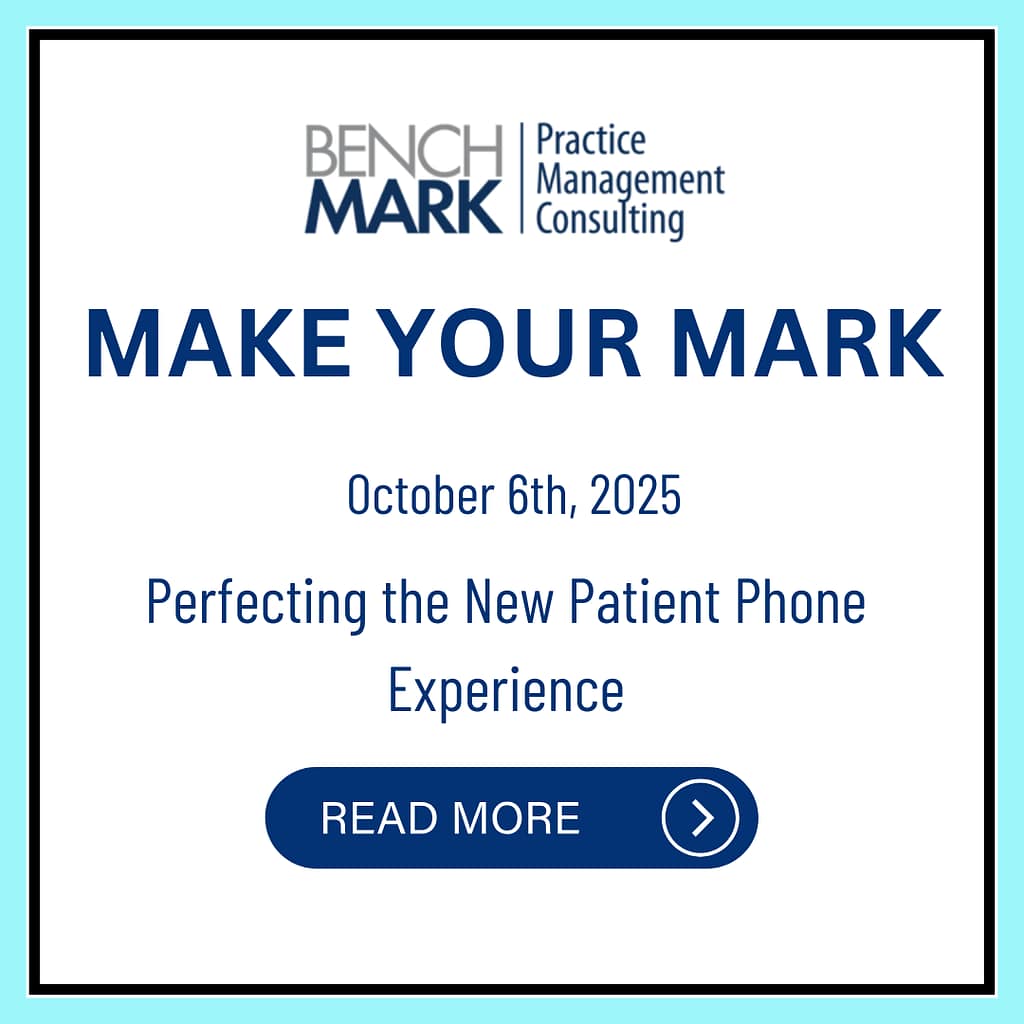The initial phone call with a new patient is one of the most important touchpoints in a dental office. It sets the tone for the entire patient journey and can be the deciding factor in whether someone chooses your practice over another. In many cases, patients have already contacted other offices, so your goal is to ensure this is the final call they make.
A consistent, welcoming, and professional call experience should be the standard for every new patient interaction. Here’s how to create a predictable and positive first impression every time:
1. Answer Promptly and Professionally
Always aim to answer the phone within a few rings. Avoid putting new callers on hold unless absolutely necessary. Greet the caller with a warm tone, introduce yourself by name, and ask for their name early in the conversation. Use their name throughout the call to create a personalized, engaging experience.
2. Build Rapport Naturally
Instead of jumping straight into data entry, jot down the patient’s details on paper. This allows for a smoother, more conversational tone and prevents long silences while navigating software systems. The goal is to keep the interaction flowing and focused on the patient, not the screen.
3. Prioritize the Patient’s Needs
Ask the patient why they’re calling before gathering administrative information. Are they in pain? Looking for a new provider? Interested in a specific service? Address their primary concern first to show you’re attentive and patient-focused.
4. Listen Actively and Show Empathy
Throughout the call, be attentive to the patient’s tone and concerns. Acknowledge any anxieties or questions they may have and respond with empathy. This helps build trust and assures them they are in capable, caring hands.
5. Provide Helpful Information
Be ready to share clear, relevant information about your services, providers, office policies, and anything else that may help them make a decision. The more confident and informed the patient feels, the more likely they are to schedule.
6. Offer Flexible Scheduling
Whenever possible, offer appointment times that fit the patient’s availability. Pre-block time in the schedule specifically for new patient exams and hygiene appointments to minimize wait times and reduce the risk of them going elsewhere.
7. Set Expectations Clearly
Let the patient know what to expect during their first visit, including the approximate duration of the appointment. If necessary, explain your financial policies at this point to avoid surprises later.
8. Share Practical Information
Ensure the patient knows how to find your office, where to park, and what documents they may need to bring (e.g., insurance details or previous radiographs). If digital forms or confirmations will be sent, confirm the correct email or phone number and when they should expect the information.
9. Document Special Requests
If a patient mentions specific needs, preferences, or concerns regarding their appointment, make sure these are noted in their chart. This ensures a seamless handoff to the clinical team and shows excellent internal communication.
10. End on a Positive Note
Before ending the call, thank the patient for choosing your office and reassure them they’ve made the right decision. Reiterate your name and let them know they can reach out directly if they have further questions.
Final Thoughts
Creating a consistently positive new patient phone experience is key to building strong, lasting relationships. A warm, professional tone combined with attentive listening, personalization, and clear communication helps patients feel valued and respected. When done right, this initial interaction significantly increases the likelihood of them choosing — and staying with — your practice.




